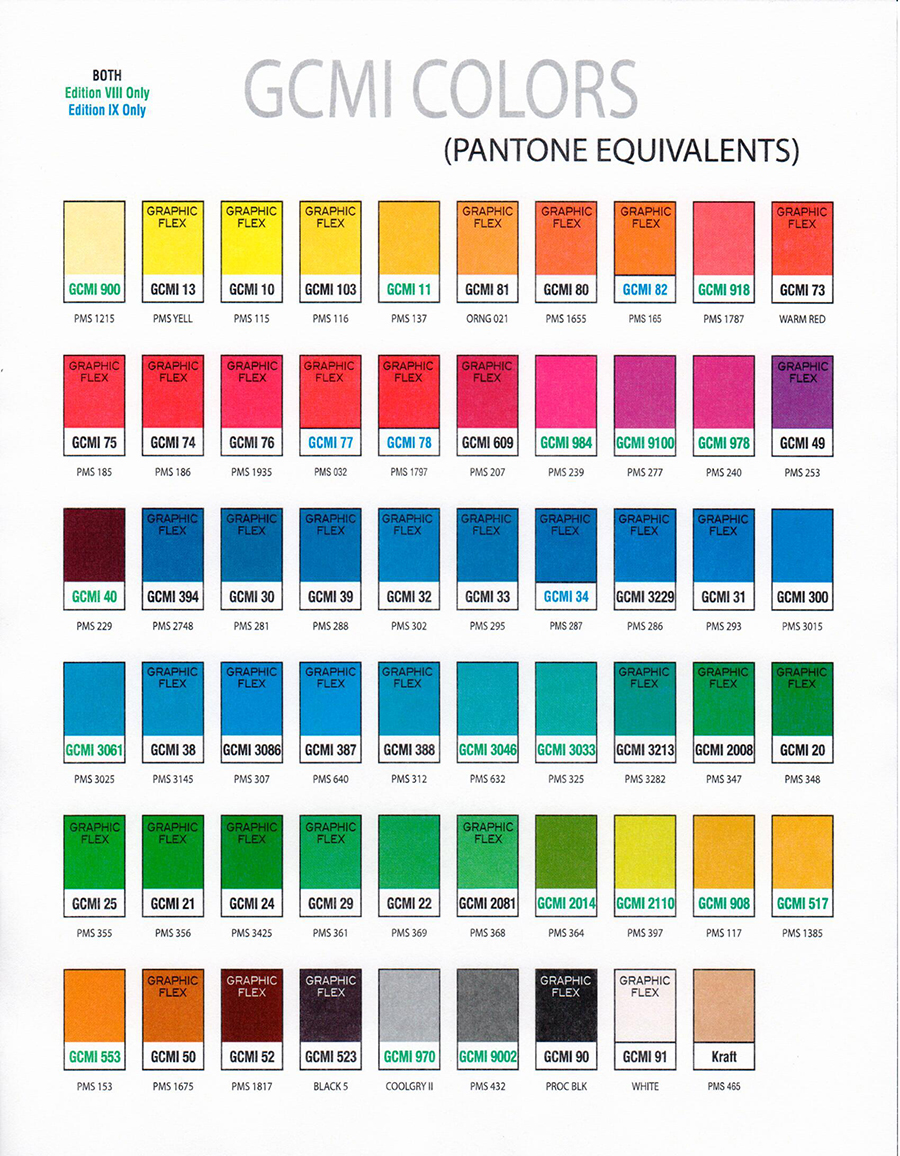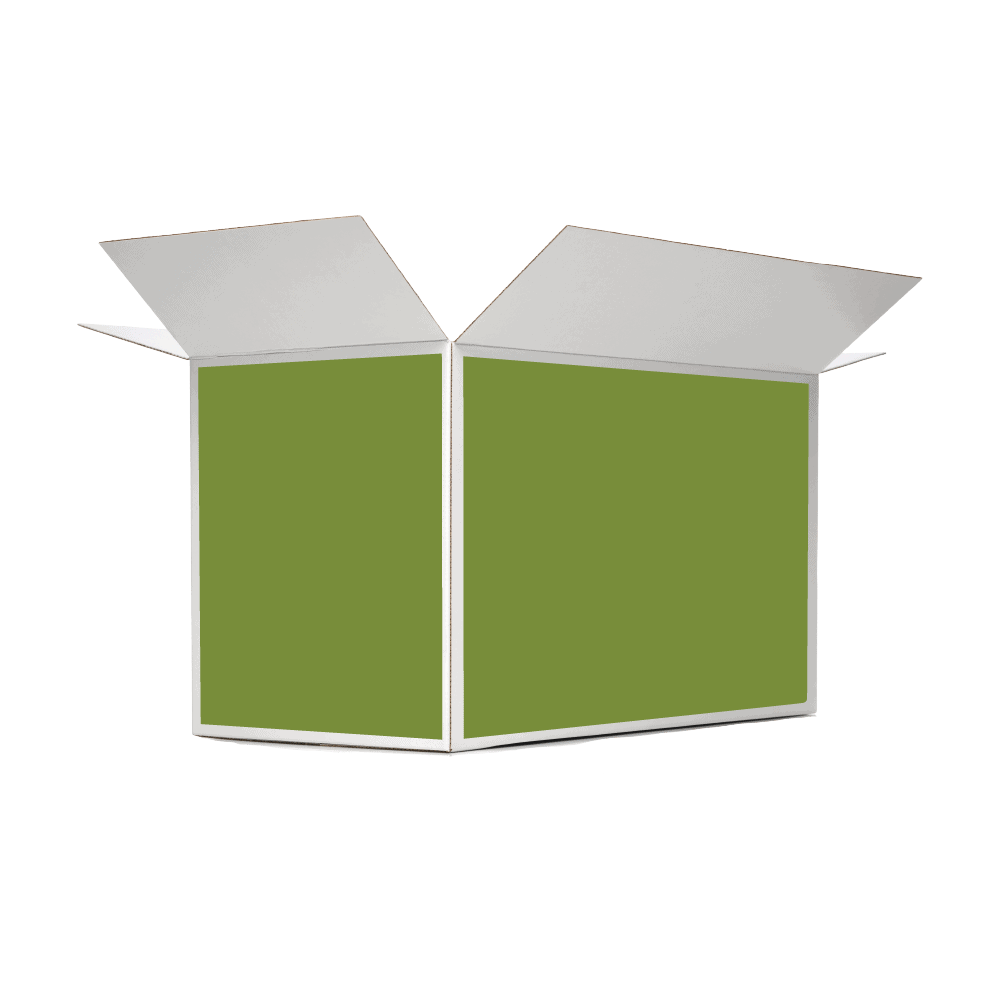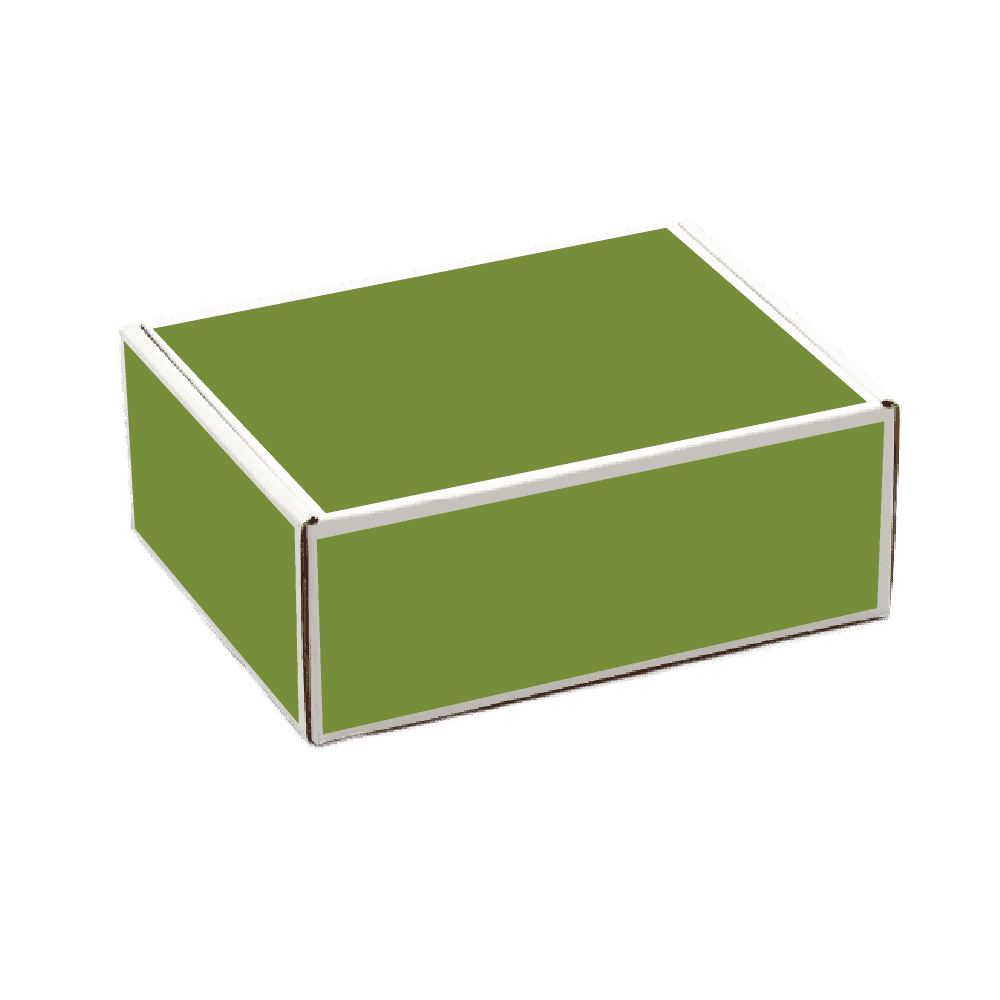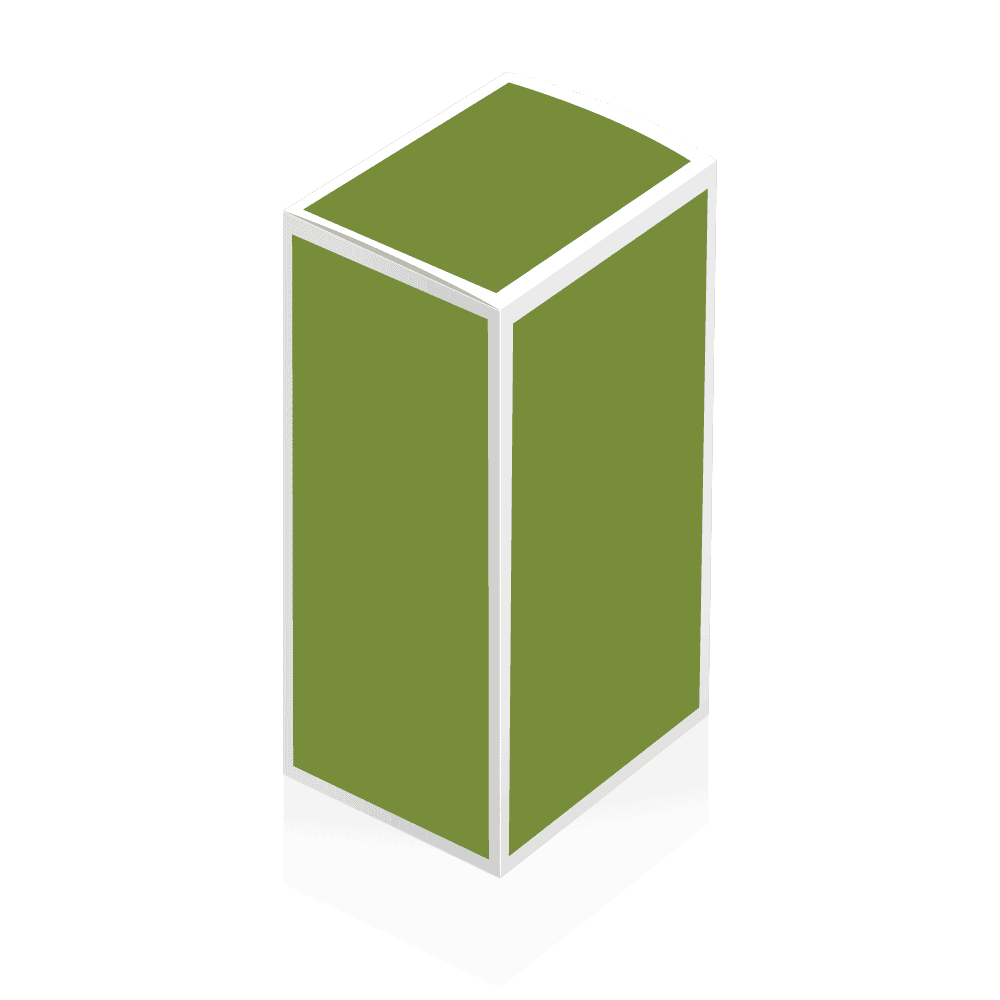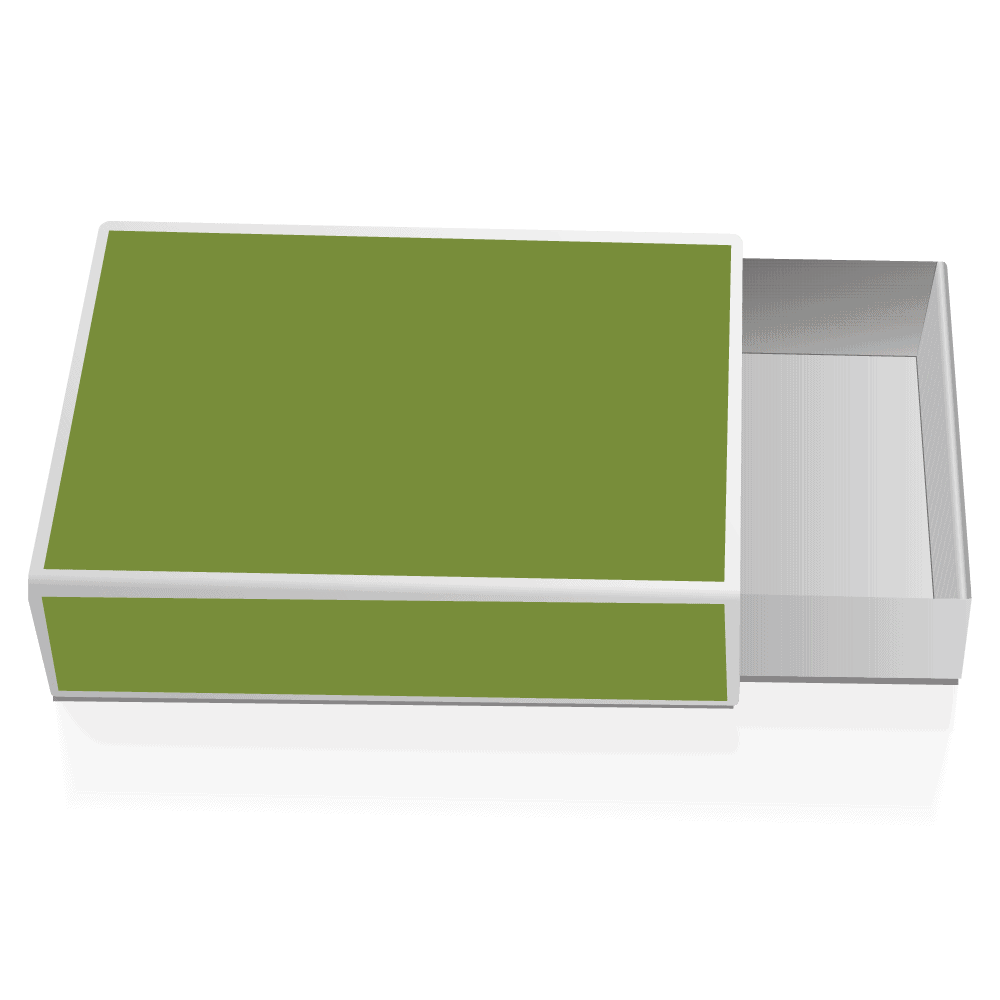Color Psychology in Custom Product Displays: How Does It Work?
Have you ever wondered why IKEA is blue and McDonald’s is red and yellow? Why is Apple white, and why is Starbucks green? These choices aren’t random. Branding colors are selected intentionally to convey a certain emotion and message to the consumer. This intentional use of color can be found throughout all marketing materials, from company logos to custom retail boxes and in-store endcap displays. The reason behind this is color psychology, a powerful marketing tool used by the most successful companies in the world. If you’re planning to create a custom product display for your business, utilizing color psychology is a smart way to increase brand familiarity and even improve sales. To learn how to effectively use this technique, keep reading.
What is color psychology?
Color psychology, in general, is the study of colors as a determinant in human behavior. Colors have qualities that affect certain behaviors in people, including shopping habits, so color psychology has been incorporated into marketing strategies to more effectively entice consumers to buy. Some of these color pairings are obvious, like yellow’s association with happiness; others are less perceptible, such as yellow’s ability to stimulate hunger. The intricacies of color psychology and each color’s many effects on the human psyche have been intensely studied, and the results of these studies have had a monumental impact on corporate branding and marketing tactics.
What does each color mean?
Each shade of the rainbow has its own unique connotations and impacts on shoppers. Knowing these will help you decide which colors are best to use for your company and its custom POP displays, depending on the type of product you’re selling.
To start with, red is seen as a color of power. It triggers intense emotion and even the urge to act immediately, which can encourage impulse purchasing. One example of this in a retail setting is Target. Red is seen throughout the store, and it’s also a store infamous for encouraging unnecessary purchases, with many shoppers coming in for one item and out with 10.
Yellow is another popular choice for companies. It radiates warmth and optimism, creating a welcoming atmosphere for shoppers. It grabs attention in a way that few other colors do. It can also stimulate hunger when paired with red, making it a powerful tool for food and beverage retailers (e.g. McDonald’s, Burger King, In N Out).
Orange encourages energy and productivity. It combines the psychological effects of red (the need to act) and yellow (happiness) to create an exciting, activity-filled atmosphere. Examples include Nike and The Home Depot.
Green is associated with nature and calm. It’s most often found in eco-friendly brand advertising, and it’s good to utilize if you have a sustainable or recyclable product to promote.
Blue has been shown to evoke feelings of trustworthiness, dependability, and strength. It’s one of the most-used colors alongside red and yellow, with common use in the airline, tech, hotel, and furniture industries.
Purple is one of the most unique colors for branding. It has associations with whimsy, fantasy, and fun. Brands that market to children are most often the ones to utilize purple in their branding due to these connotations.
White works well as a secondary brand color for many companies because of its neutrality and associations with calm, serenity, cleanliness, and balance. Apple is one example of a company that utilizes white as a primary brand color well, but most companies are advised to use it as a secondary color only.
By harnessing the power of color psychology, you can build displays that are psychologically proven to entice shoppers and increase sales. Designing a custom retail display is a creative endeavor, but any marketing tool requires some science and data to back up the creative decisions made. Whether you’re selling eco-friendly cleaning supplies, a new snack, or next Christmas’s hottest toy, keep color psychology in mind when building your custom endcap display to secure the highest return on investment possible.
To get started building your own custom POP display, check out Build A Box’s online design tool. You can also give us a call at (888) 406-1610 or fill out our online contact form to speak with one of our design experts and receive personalized assistance. We’re always happy to answer any of your questions and provide a free quote for a range of quantities. No minimum order quantity is required!




